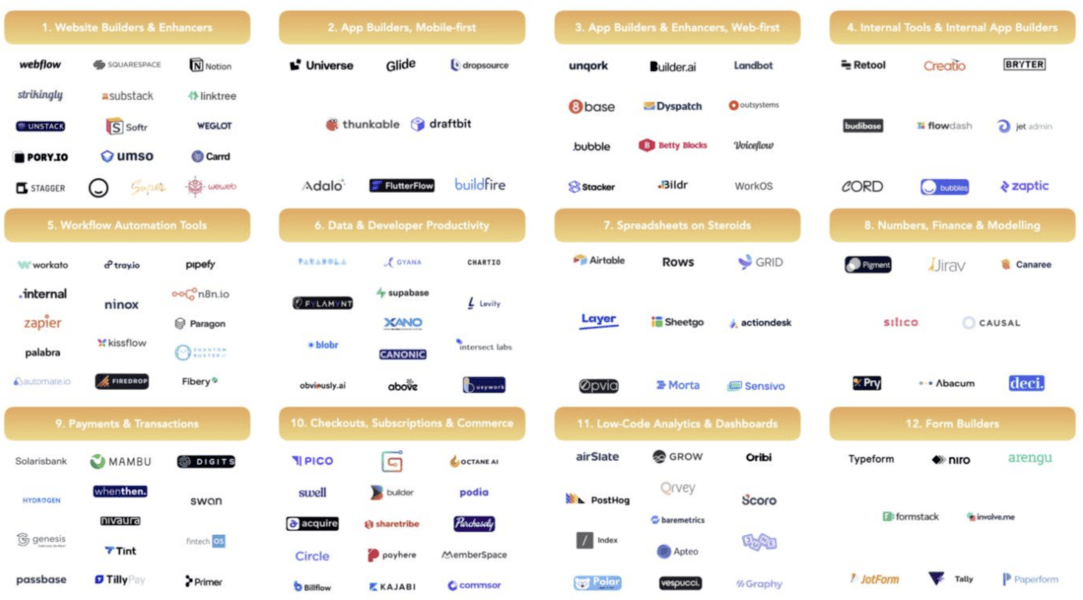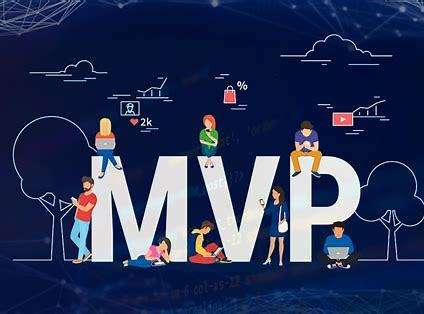In the whirlwind of startup life, time is your most precious commodity. You have a brilliant idea, an itch that needs scratching, but the thought of months spent on startup MVP development can be paralyzing. Fear not, fellow founder! Here’s the truth: a functional MVP can be built in a surprisingly short time – we’re talking one hour – if you focus on the core concept.
This isn’t about building a feature-laden behemoth. It’s about validating your core value proposition with a rapid startup MVP development strategy. Let’s dive into actionable steps successful founders have used to get their MVPs off the ground, along with some cautionary tales to learn from.
Hone Your Idea: Sharpen Your Focus (15 Minutes)
The million-dollar question: what problem are you solving, and for whom? Don’t get bogged down in intricate details. Grab a pen and paper (or your favorite note-taking app) and answer these three crucial questions:
- Problem: What specific pain point are you addressing? Be as specific as possible.
- Target Audience: Who are you solving this problem for? Define your ideal customer profile.
- Solution: How does your idea alleviate this pain point?
Example: Imagine you have an idea for a grocery delivery app.
- Problem: Busy professionals struggle to find time for grocery shopping.
- Target Audience: Young urban professionals with disposable income.
- Solution: An app that allows users to order groceries online for same-day delivery.
Define Your Core Functionality (15 Minutes)
Now, strip your idea down to its bare essentials. What is the minimum amount of functionality required to demonstrate your value proposition? Here’s where the “minimum viable product” part of rapid startup MVP development comes in.
Focus on solving one core problem your target audience faces. Don’t worry about bells and whistles at this stage; keep it simple.
Continuing our grocery delivery app example: Core functionality could be browsing a limited selection of groceries, placing an order, and paying online. Fancy features like personalized recommendations or loyalty programs can wait for later iterations.
Choose Your Platform Wisely (10 Minutes)
There’s no one-size-fits-all answer here. Consider the complexity of your core functionality and your target audience’s habits.
- Website: Perfect for showcasing information and capturing leads.
- Landing Page: Ideal for a simple value proposition and user acquisition.
- Mobile App: Great for on-the-go interactions if your target audience is mobile-first.
Remember, for rapid startup MVP development, a low-fidelity prototype or even a well-designed landing page can be surprisingly effective.
Rapid Prototyping: Get Creative (20 Minutes)
Let’s get visual! Here are some budget-friendly ways to create a basic prototype:
- Paper Prototyping: Sketch your app or website interface on paper. This is surprisingly effective for rapid iteration and user testing.
- Online Wireframing Tools: Free resources like Figma or Wireframe.cc allow you to create basic mockups without coding knowledge.
- Landing Page Builders: Platforms like Unbounce or Leadpages offer drag-and-drop interfaces for creating professional-looking landing pages in minutes.

The key is to focus on user flow and core functionality. Don’t worry about aesthetics at this stage.
Gather Early Feedback (10 Minutes)
The magic of rapid MVP development lies in getting real-world feedback as soon as possible. Here are some quick ways to do it:
- Friends & Family: Get immediate feedback from your inner circle.
- Online Communities: Find relevant forums or social media groups where your target audience hangs out. Share your prototype and ask for honest feedback.
- Freelance Testing Services: Websites like UserTesting.com allow you to get remote user feedback for a small fee.
Focus on understanding user pain points and desired features.
Success Stories: Learning from the Best
Now, let’s see how some successful founders used rapid MVP development to their advantage:
- Airbnb: Brian Chesky and Joe Gebbia started with a simple website listing their apartment and an air mattress. They quickly learned about user demand and expanded their offering based on early feedback.
- Instagram: Kevin Systrom and Mike Krieger initially launched a photo-sharing app called Burbn. After iterating based on user feedback, they pivoted to the photo-centric platform we know and love today.
Lessons Learned: Avoiding Common Pitfalls
Not everything goes according to plan.
Here are some cautionary tales and how to avoid them:
- Feature Creep: Don’t get bogged down by adding unnecessary features at this stage. Stick to your core functionality and gather feedback before expanding.
- Perfection Paralysis: Don’t wait for everything to be perfect before launching your MVP. Focus on functionality over aesthetics.
- Overengineering: Don’t overcomplicate your MVP with complex technology. Opt for simpler solutions that can be built quickly.
The Power of “Done is Better Than Perfect”
Remember, the goal of rapid startup MVP development is to validate your core concept, not build a masterpiece. Launching a basic MVP allows you to gather real-world data and user feedback to refine your idea and build a product that truly resonates with your target audience.
How to Create an MVP: Startup Essential Hacks 2024 | (jamesspurway.com)
Conclusion: Take Action and Iterate
Don’t let the fear of failure hold you back. With a little focus and creativity, you can build a functional MVP in one hour and take the first crucial step towards building a successful startup. Remember, your MVP is just the beginning – gather feedback, iterate based on user needs, and constantly evolve your product.
FAQ
1. Where can I find mentorship or advice from other founders?
Several online platforms connect aspiring founders with experienced mentors. Here are a few resources:
- FoundersBeta: https://www.foundersbeta.com/
- MicroMentor: https://www.micromentor.org/
- Startup Grind: https://www.startupgrind.com/
2. Are there any cheat sheets or playbooks to help me build an MVP?
Absolutely! Many resources offer free downloadable templates and guides to help you develop your startup MVP strategy. Here are a couple of options:
- Startup Weekend: https://www.techstars.com/communities/startup-weekend offers a free “Lean Startup” guide.
- The Lean Startup by Eric Ries is a foundational book for startup strategy, including startup MVP development.
3. What resources does JamesSpurway.com offer to help startup founders?
JamesSpurway.com offers a wealth of resources for startup founders, including:
- Free downloadable ebooks and whitepapers on various startup topics.
- Startup community forum to connect with other founders and share experiences.
- Paid online courses and coaching programs for in-depth guidance on different aspects of building a startup.
By leveraging these resources and the power of rapid startup MVP development, you can turn your innovative idea into a reality, one step at a time.

